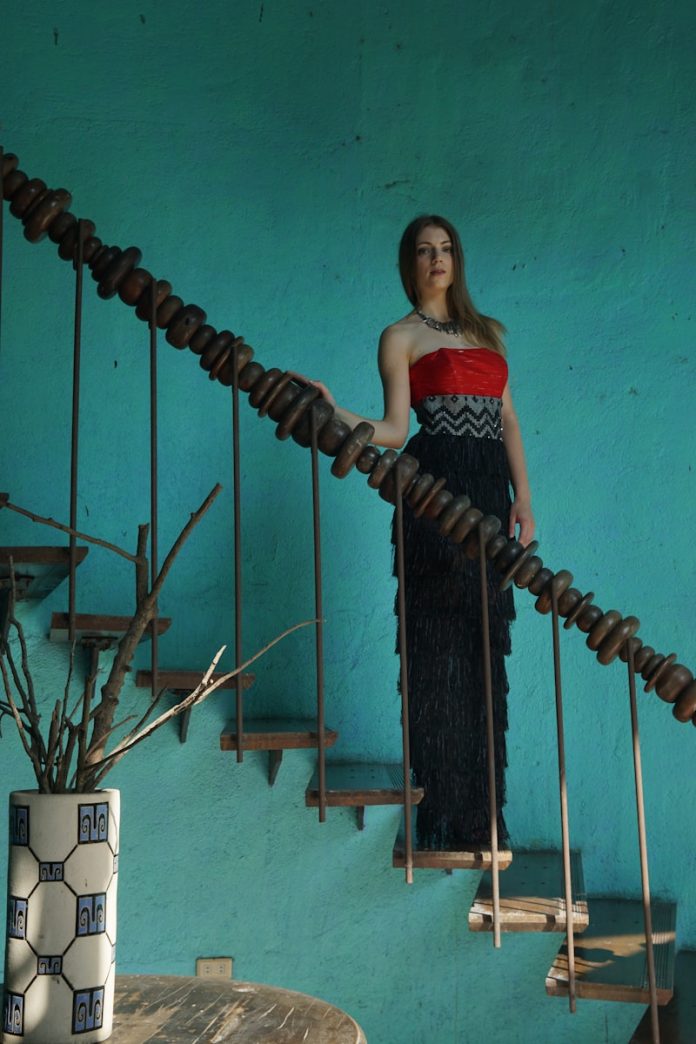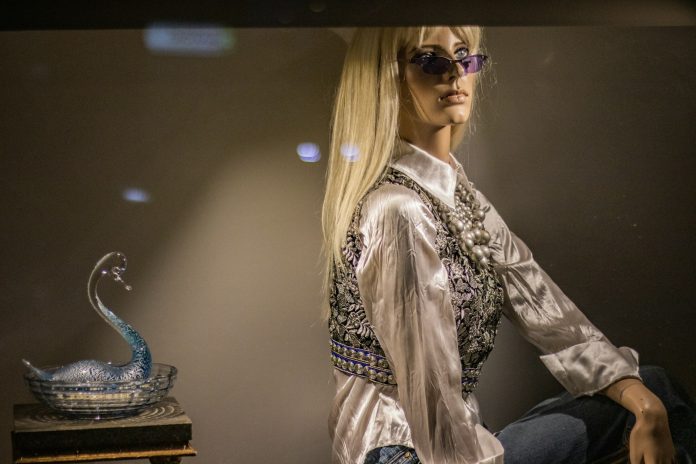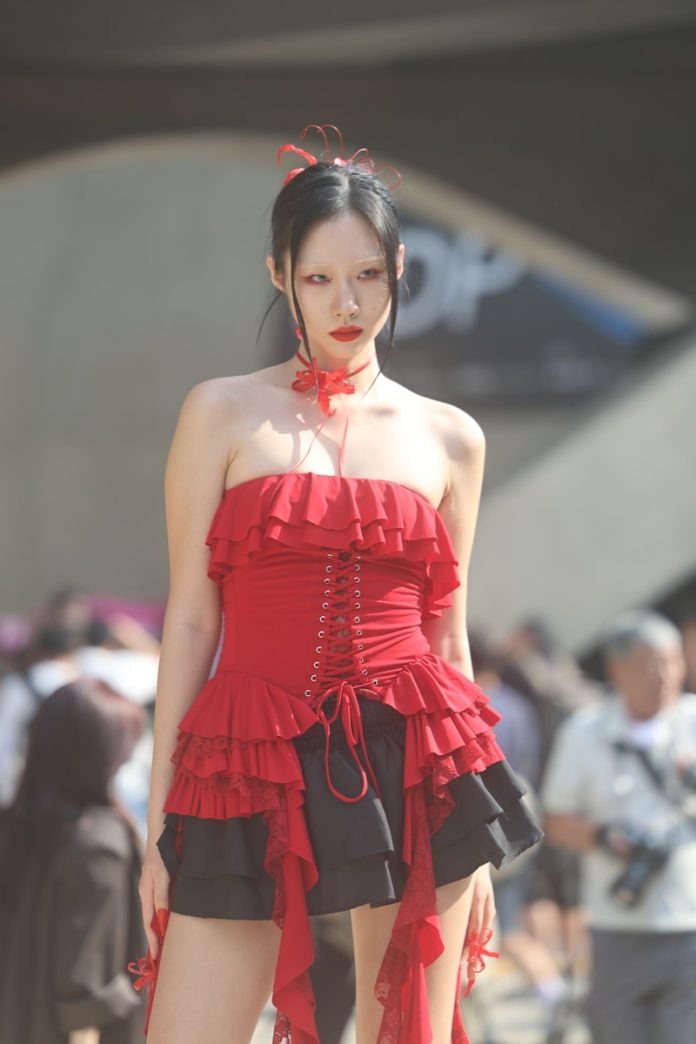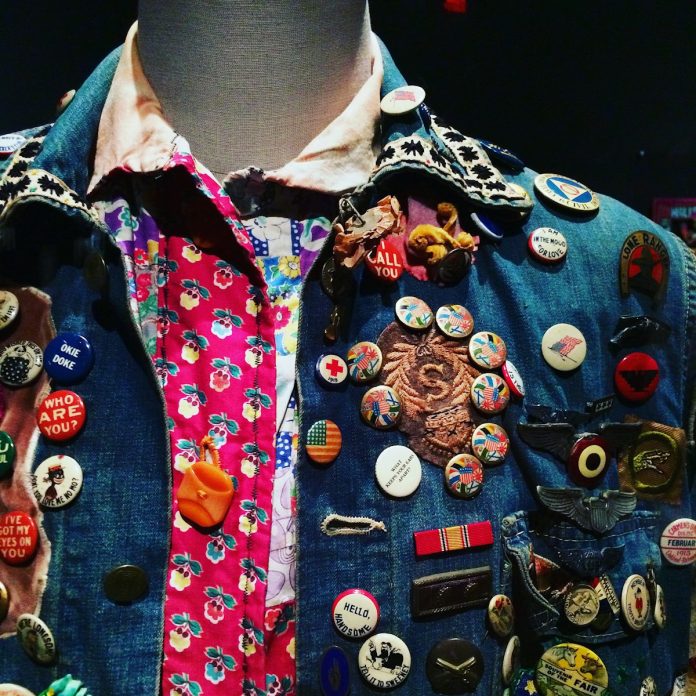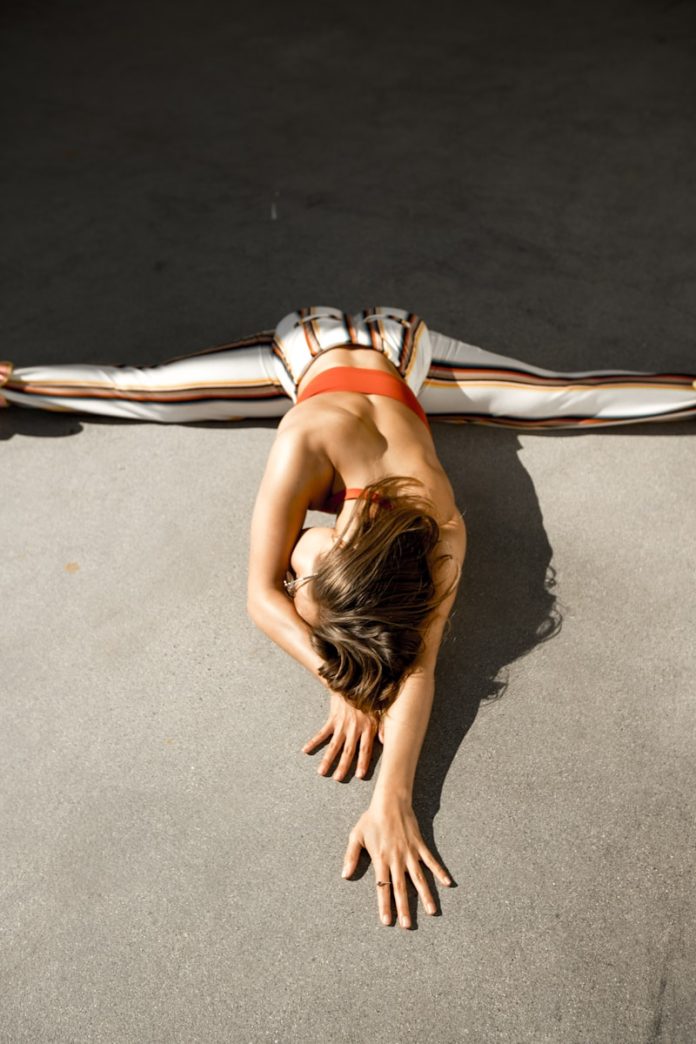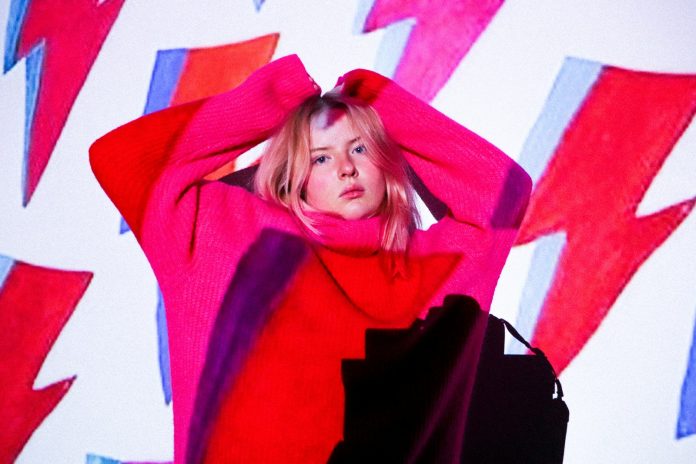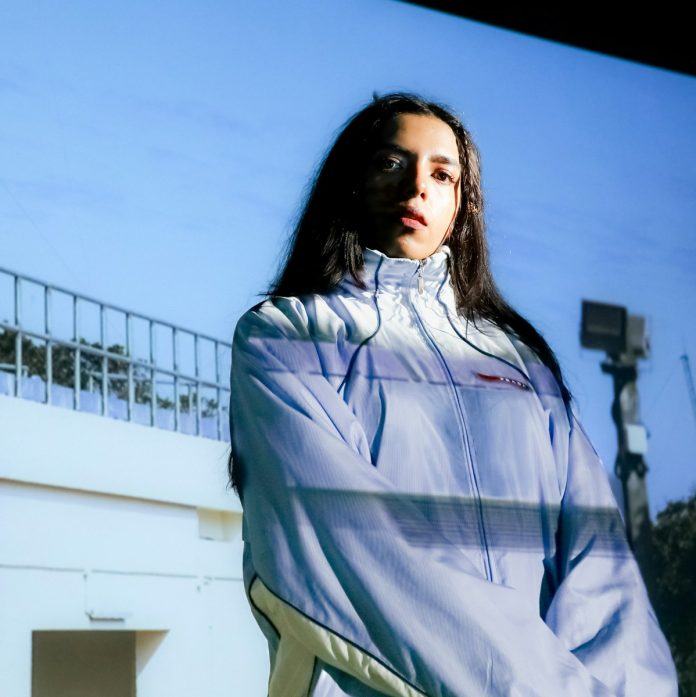The legacy of grunge fashion, once an emblem of teenage rebellion and nonconformity, has been reinterpreted and reimagined across decades, crossing the gritty threshold of garage bands and thrift stores to walk proudly down the polished runways of Paris, Milan, and New York. Born in the rainy, coffee-stained streets of Seattle and championed by the likes of Kurt Cobain and his contemporaries in the early 1990s, grunge was never meant to be fashionable. It was, at its core, anti-fashion—a statement of apathy wrapped in flannel, shredded denim, and combat boots. But like many subcultures before it, grunge has been commodified, sanitized, and rebranded to serve a new generation—one that dances comfortably on the blurry line between authenticity and aesthetic.
This essay explores the rich evolution of grunge fashion, from its scrappy, DIY roots to its luxurious rebirth under the spotlight of high fashion, examining how cultural movements are digested and reborn by the very systems they once sought to critique.
The Original Grunge: Flannel, Feedback, and Fuck-You Attitude
The grunge movement of the late 1980s and early 1990s was an unintentional revolution. Spawned in the garages of disillusioned youth in the Pacific Northwest, it was both a musical and cultural rebellion against the excesses of the 1980s. Synth-pop, corporate hair metal, and shoulder-padded glitz dominated the airwaves and fashion runways alike. In response, bands like Nirvana, Soundgarden, Pearl Jam, and Mudhoney emerged with distorted guitars, angsty lyrics, and an aesthetic that was equal parts necessity and rejection.
Kurt Cobain—perhaps grunge’s most enduring icon—never sought to be a style influencer. His look was borne of economic reality and apathy: oversized sweaters, battered Converse sneakers, ripped jeans, and unkempt hair. But it was precisely this careless authenticity that drew attention. To fans, it was an honest rejection of glossy, unattainable beauty ideals. To designers and marketers, it was a new aesthetic to mine.
Grunge fashion wasn’t just about clothes—it was a lived experience. It spoke to a generation disillusioned with capitalism, traditional masculinity, and the suburban American dream. Thrift store finds became symbols of individuality. Layered plaids, moth-eaten cardigans, and Doc Martens weren’t worn to look cool—they were simply what was available, affordable, and comfortable. But within a short span, this practicality became a statement.
The Rise of Grunge Chic: When Runways Took Notice
By 1993, the fashion industry had caught on. The watershed moment came when Marc Jacobs, then the creative director at Perry Ellis, debuted his now-infamous Spring 1993 collection—a high-end homage to grunge. Models like Kate Moss and Naomi Campbell sauntered down the runway in silk versions of thrift store staples: baby doll dresses, thermals under slip dresses, and combat boots paired with delicate fabrics. The collection was critically acclaimed and commercially catastrophic. Jacobs was fired, but the message was clear: grunge had entered the fashion lexicon.
The contradiction was hard to ignore. A movement rooted in anti-consumerism had been appropriated by the very commercial machine it scorned. Kurt Cobain himself famously scoffed at the trend, quipping that buying a flannel shirt from a designer label for hundreds of dollars defeated the whole purpose.
Still, grunge’s style vocabulary—its silhouettes, textures, and slouchy attitude—remained firmly embedded in the fashion world. Over the years, its elements have resurfaced in various forms: in the heroin chic minimalism of the late ‘90s, the indie sleaze of the 2000s, and the normcore movement of the 2010s.
Grunge Redux: 21st Century Nostalgia
In recent years, the appetite for all things ’90s has exploded. From television reboots to TikTok trends, nostalgia has become currency. Unsurprisingly, grunge has found new life in the wardrobes of Gen Z and Millennials alike. But this time, it isn’t just about borrowing looks—it’s about curating an identity steeped in vintage symbolism.
The return of grunge has been facilitated by digital thrift culture. Platforms like Depop, Poshmark, and Etsy have made it easier than ever for users to buy and sell vintage band tees, worn-in flannels, and distressed denim. On social media, influencers carefully curate “authentic” grunge-inspired looks—often costing hundreds of dollars to replicate, ironically echoing the same commodification that once angered grunge’s pioneers.
Meanwhile, high fashion continues to court the aesthetic. Hedi Slimane’s collections for Saint Laurent, Alessandro Michele’s layered chaos at Gucci, and Demna’s dystopian streetwear vision for Balenciaga all borrow liberally from grunge’s disheveled DNA. Luxury fashion houses have reimagined Cobain’s thrift shop finds with thousand-dollar price tags, pairing them with designer logos and avant-garde accessories.
Yet this new grunge feels different. Less an act of rebellion and more an act of recreation. It exists in a post-ironic world where the performance of nonchalance requires great care.
Grunge’s Gender Fluidity and New Identity Politics
One of the most compelling aspects of grunge, both then and now, is its gender ambiguity. Kurt Cobain often wore dresses, challenging toxic masculinity decades before it was cool. Courtney Love’s “kinderwhore” aesthetic—mixing baby doll dresses with smeared lipstick and aggressive stage presence—offered a powerful, messy alternative to the sanitized female pop stars of the era.
Today, grunge has been embraced as a site of gender fluidity and queer expression. Contemporary interpretations often emphasize this malleability. Oversized silhouettes, layered ensembles, and secondhand garments allow for experimentation outside the confines of gender norms. The movement’s refusal to conform still resonates—but now, it’s wielded as a tool for inclusion and identity exploration.
Grunge redux isn’t just about looking cool; it’s about carving out space in a chaotic world. The disaffected energy of the early ‘90s mirrors today’s climate crisis, political disillusionment, and mental health struggles. It’s no wonder that young people are once again finding comfort in music, fashion, and community that speaks to their alienation.
Authenticity in the Age of Aesthetic
What does it mean to be authentic in a time when even rebellion is curated? The revival of grunge raises important questions about cultural memory, commodification, and the lifecycle of subcultures. Is grunge still grunge when it’s part of a fashion campaign? Does the aesthetic lose its edge when it’s produced en masse for Instagram likes?
Perhaps grunge’s staying power lies in its contradiction. It has always been a paradox—both a statement and a shrug, a cry for meaning dressed in apathy. Its resurgence in the digital age reflects a yearning for something real, even if that “realness” is secondhand.
While the fashion world continues to mine the past for inspiration, it’s worth asking: are we paying homage, or are we repackaging rebellion for mass consumption? The truth may lie somewhere in between.

